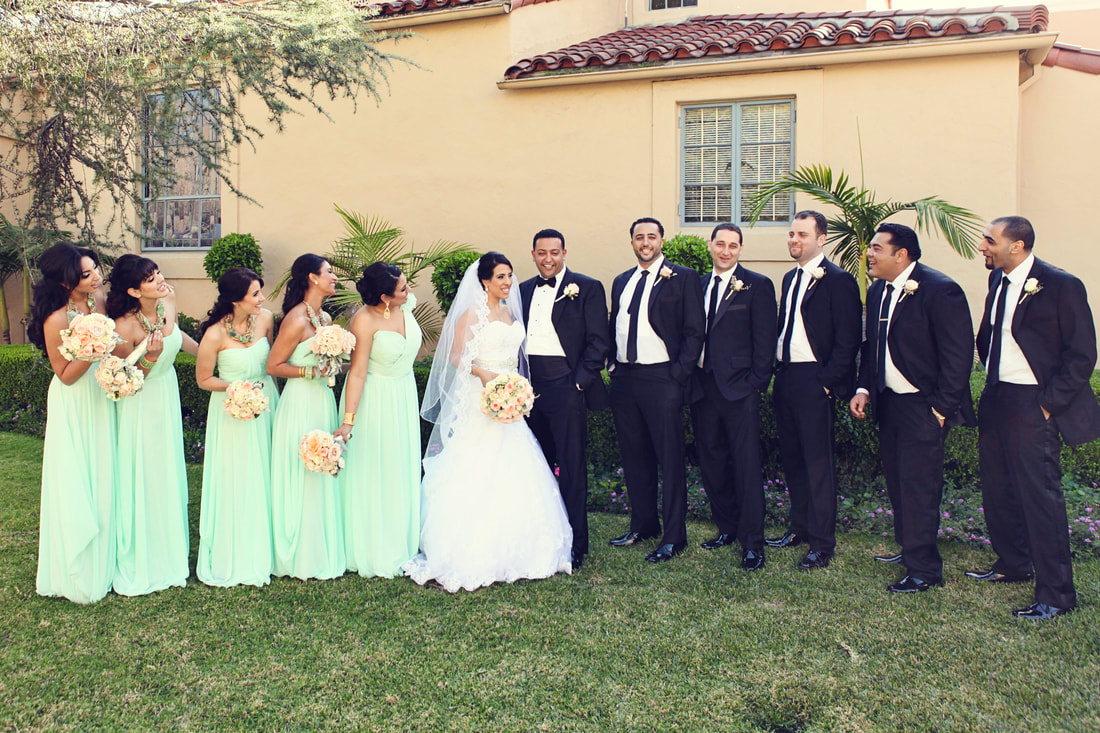Macs are the only computers that allow you to run Mac OS X Lion Server (or any OS X flavor) along with Windows and Linux. Virtual machines on non-Apple PCs can’t run Mac OS X. Apple doesn’t permit running Mac OS X on non-Apple hardware in its user license agreement, so the virtualization software makers don’t enable it.
Ian Mac; June 1, 2020; 0; THE MID MORNING SHOW - 10AM - 1PM - TUESDAY/WEDNESDAY/THURSDAY Macca, Mr. Mac or just plain old Mac is what I get called most of the time. The good news is that it allowed Mac OS X clients — specifically, Mac OS X 10.7 — to be run in a virtual machine. The bad news is that Apple restricted the number of versions of Lion you can run on each Mac: You cannot run more than two virtual machines containing Lion and Lion Server on one Mac. Enrollment for MAC’s spring semester started on Oct. 19 and Dean of Student Services Julie Sheets gave the board an update. As of last Tuesday, they’ve had 1,101 students enroll, which is down. Sadly, in some ways it is. While Windows in a virtual machine (VM) may let you run apps and play games that aren’t available on the Mac, there’s a price to pay in terms of performance.
Imagine a Mac running two virtual machines — Lion Server and Windows 7. Both are running on a Mac OS X host. In each virtual machine window, you can control that operating system as you normally would run applications, configure settings, and access the Internet.
When the virtual machine is a server, users on the network access it as they would any other server. If multiple virtual machines run on a server Mac, the users see each as a separate server.
For the latest news, tips, and troubleshooting information about running virtual machines on Macs, visit MacWindows.
Semester 2mr. Mac's Virtual Existence Software

With virtualization, there’s a host operating system (OS) and one or more guest OSes. The host OS (for instance, Mac OS X or Mac OS X Server) boots the real computer. On a Mac, a guest OS can be Mac OS X, Windows, Linux, or Unix.

Each guest OS runs in a virtual machine, which is a kind of a virtual reality for the guest OS. The guest OS thinks it’s running on a real computer. Although real hardware’s behind the scenes, the guest OS doesn’t have direct control over the hard drive, graphics, and other hardware: These pieces of hardware are virtualized in the virtual machine.

For example, a virtual machine’s hard drive (the boot drive) is actually a file on the host Mac. This file can be dozens of gigabytes, containing the complete guest operating system and its applications, settings, and documents.
Semester 2mr. Mac's Virtual Existence -

The virtual hard drive file is stored on the Mac’s real hard drive, but the guest OS doesn’t control the entire drive. The virtualization software creates the virtual machine and keeps the guest OS believing that it’s living in a real computer — kind of like The Matrix, but without Keanu Reeves.
Semester 2mr. Mac's Virtual Existence Key
Another type of virtualization software runs directly on “bare metal,” which means it doesn’t use a host OS. To picture it, remove the Mac OS X host and the Mac applications. Eliminating the host OS decreases the complexity and uses less RAM and processing power.
